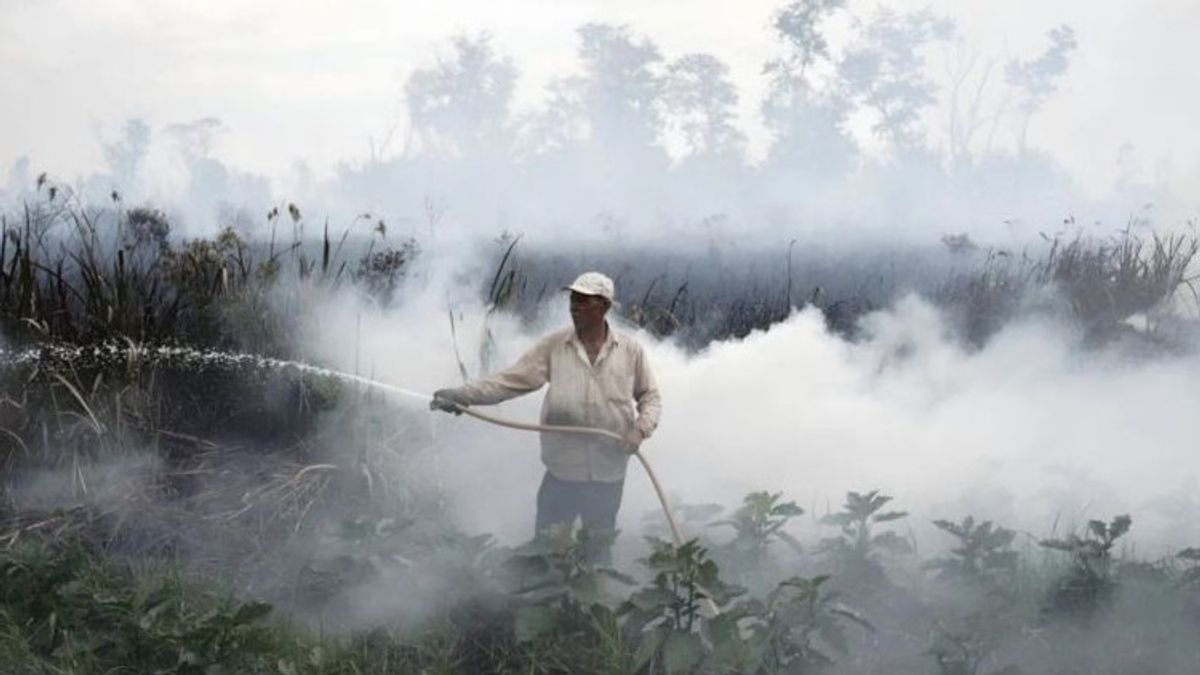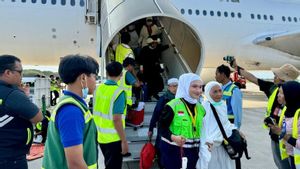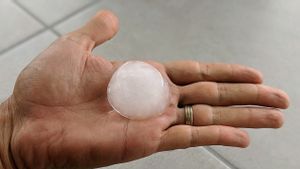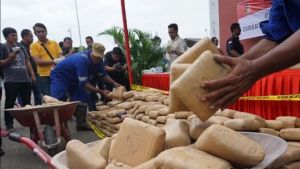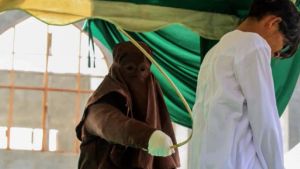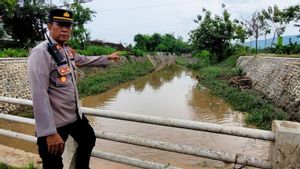JAKARTA - 2.8 million hectares of peat hydrological land in West Kalimantan (West Kalimantan) have mostly started to dry up in the dry season. The Meteorology, Climatology and Geophysics Agency (BMKG) is trying to protect against the threat of fire by carrying out weather modification operations.
Head of BMKG Dwikorita Karnawati in her statement in Jakarta Saturday said that the dry season that started to hit with the nature of the rain below normal made most of the peatlands in West Kalimantan have dried up so they are prone to fire.
The vulnerability was obtained based on SIPALAGA data from the Peat and Mangrove Restoration Agency (BRGM), which shows that currently the groundwater content on the hydrological land of West Kalimantan peat is already very low below 40 centimeters.
The Head of BMKG assessed that this condition had urged his party to immediately carry out a weather modification operation, which was expected to increase the potential for rain and re-wet millions of hectares of West Kalimantan peatlands so as to lower the vulnerability to catch fire, including mineral land, forest areas, and so on.
In planning the BMKG weather modification operation, it lasts at least 11 days or ends until July 5, 2024, and can be extended if needed.
Quoted from ANARA, Saturday, June 29, peat areas spread across six districts including Kubu Raya, Ketapang, Sambas, Sintang, Sekadau, and Sanggau Regencies were targeted for the weather modification operation.
SEE ALSO:
In addition to the Ministry of Environment and Forestry (KLHK), the National Disaster Management Agency (BNPB), BRGM, and the West Kalimantan Provincial Government, this BMKG weather modification activity is also supported by Squadron 4 Abdurachman Saleh Air Base, Malang, East Java, which has alerted the CASA 212-200 fleet to seed 13 tons of salt (NaCl) to the skies of West Kalimantan.
The seeding team is expected to be able to make maximum use of the available time. When referring to the analysis of the BMKG meteorological team on the last basis of June - the first basis of July, there are still clouds that have the potential to cause rain, before mid-July -September which is the peak of this year's dry season.
The English, Chinese, Japanese, Arabic, and French versions are automatically generated by the AI. So there may still be inaccuracies in translating, please always see Indonesian as our main language. (system supported by DigitalSiber.id)
